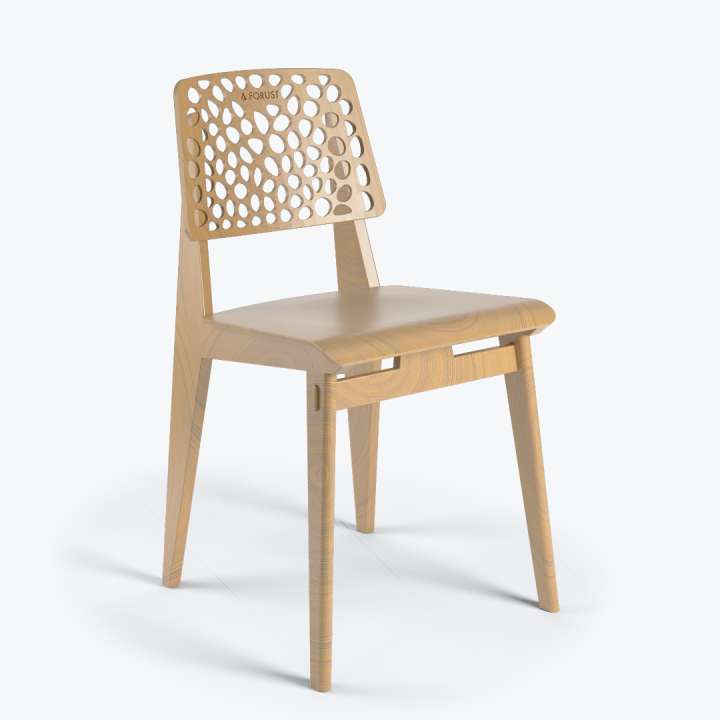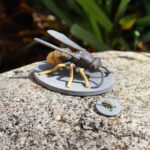Wood! It’s nature’s composite material!
Carbon fiber composites consist of long carbon fibers aligned along the direction of stress, bound up in a polymer (epoxy) matrix.
Wood consists of long cellulose fibers aligned along the direction of stress but bound in a natural polymer (lignin) matrix.
It’s a perfect analogy.
Although, most current wood filaments tend not to be so all-natural, as they comprise a small amount of wood fiber and a lot of artificial polymers, such as PLA.
Desktop Metal has released a new material via their Forust subsidiary which does away with the industrial thermoplastic altogether and instead uses what nature intended – lignin!
The company has found that lignin itself is perfectly fine for 3D printing with their binder jet printer system, and so have added sawdust to lignin to produce a feedstock that is made from 100% wood.

The recombined material is called Forustwood and it is created by jetting the lignin binder onto the powder bed, where it cures forming layers and eventually builds a 3D part.
The Forust material has a low carbon footprint as it is made from industry byproducts (sawdust and lignin) meaning that it is a sustainable way of producing complex wooden designs.
Like wood, it is easily sandable and machinable, and unlike wood it is mechanically isotropic. Take that, nature!
Of course, if you miss the days of using anisotropic wood materials you can always pretend that the wood is anisotropic by adding a digital grain pattern, which as you can see in the image above, is pretty convincing, visually speaking.
We will assume that this example has undergone some post-processing to achieve that finish. Still, it looks great…
Here’s another picture of a chair, printed with a lighter wood, with the digital grain still visible.

The woods can be printed in grainless or grained patterns, and so far come in a variety of wood types including teak, oak, walnut, and something called “natural”.
The wood parts can be printed at a variety of sizes (up to 180 x 90 x 30 cm according to the Desktop Metal site) and the process can be scaled up in terms of production output with the larger systems. Their RAM336 can churn out wood at a rate of up to 106 litres per hour.
This makes the Forustwood useful for a broad range of tasks from small ornaments to larger architectural parts.
“Applications for Forust’s wood parts are really limitless,” said Ric Fulop, CEO at Desktop Metal.
“There are many applications where polymers and plastics are used today where you can now cost-effectively replace with sustainably manufactured wood parts — luxurious high-end components in interiors, consumer electronics, instruments, aviation, boats, home goods and eventually in flooring and exterior roofing applications.”
Aside from Desktop Metal / Forust, there has already been a fair amount of academic research into the use of lignin as an additive for AM feedstocks, so we can likely expect more sustainable printed woods in future, covering a broad range of printing processes including potentially SLA and FDM also.
For now, the Forust material seems to be the first fully lignin/wood material to break onto the main stage.










